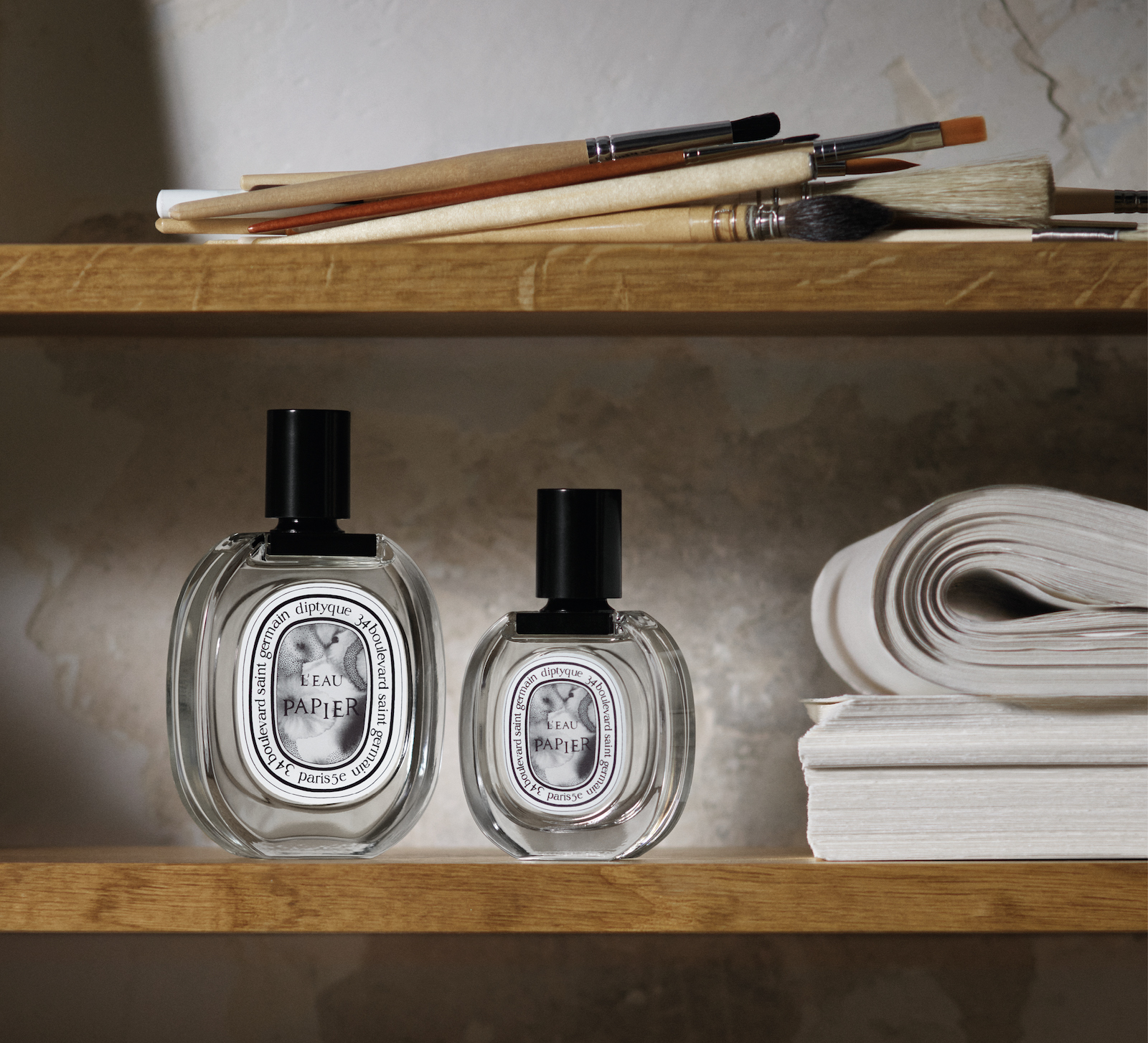When I was growing up, perfume was a Christmas or Valentine’s gift—something I’d never buy for myself unless I had time to kill in the airport duty free shop and happened to see the juice that Kate Moss or Christy Turlington was promoting in moody black and white. Then, while working as a beauty editor in the late noughties, I read The Perfect Scent: A Year Inside the Perfume Industry in Paris and New York by Chandler Burr, which contrasted the making of Sarah Jessica Parker’s Lovely and Hermès’s Un Jardin sur le Nil, created by Jean-Claude Ellena.
Parker’s perfume was made with an eye to big sales, with focus groups determining the most crowd-pleasing blend. Ellena’s was intended to be an expression of his artistic vision. It was a clear delineation of the two different approaches to perfume-making: the artisan versus the commercial. Artisan fragrances were for connoisseurs—the fragheads—while the commercial scents were for everyone else. I knew which I wanted to be. The deal was sealed when I interviewed Ellena on the launch of his Un Jardin sur le Toit and found him to be a true artist.
Over the following decade, my interest in fragrances waned, thanks to having children (I once read an article that said moms who wear perfume don’t bond as well with their babies) and living in a place where wearing perfume is sometimes considered an act of war. Now my babies are big, I’m working from home, and I have the time and the desire to get poncy about perfume again. So I spoke to experts—brand founders, retailers, and fragrance developers—about what I need to know now.
Simon Tooley, owner of Toronto spa and beauty boutique Etiket, prefers the terms “niche” or “indie” over “artisan.” He says, “To me, ‘artisanal’ is somebody making it in their kitchen.” But a lack of commerciality is still a feature of this type of fragrance brand. “It’s about ingredients, not sales—it’s about, let’s create gorgeous juices that we are going to make because we love what they smell like.”
Though, points out Barb Stegemann, founder of clean-perfume brand The 7 Virtues in Halifax, “It does have to sell, at the end of the day, otherwise you’re letting down your partners that have limited real estate and that are counting on you to come up with perfumes that people relate to.”
“I don’t want it to be demurely pleasing. You can have a fragrance that has a point of view.”
Niche perfumes often express a creator’s vision, says Carlos Huber, the fragrance developer behind Arquiste in New York, who compares his role to that of an architect (the career he trained for) and says the perfumer is the equivalent of a builder. “We allow ourselves more freedom to create things that may not be everyone’s cup of tea,” he explains. “We don’t have to worry about appealing to Gen Z bubblegum tastes.” That might mean some people dislike the perfumes he makes, all of which are inspired by specific time periods throughout history—and that’s OK. “Sometimes there’s a sharpness or spiciness to it,” he says. “I don’t want it to be demurely pleasing. You can have a fragrance that has a point of view.”
Uniqueness is critical to niche perfumes—their wearers don’t want to smell like every other person on the bus. “It’s really important for indie brands to not go copying everyone else or following trends,” says Stegemann. “The scents we make have to be so special and so mind-blowing that you would literally chase someone up an escalator to ask them what they’re wearing.”
Tooley says there can even be a learning curve to niche fragrances. “To me, with a designer fragrance, what you smell is what you get. Whereas if I’m trying Frederic Malle, what I’m going to smell on the paper and then put on my skin and then smell 20 minutes later is not going to be the same thing. That’s not an easy thing for a store or a consumer who’s not up for it.”
During my decade of absence from the fraghead world, things did change. Online shopping transformed the perfume-buying experience—now you can order a sample from a retailer, small or large, and try before you buy. The internet also allowed fragrance-obsessives to find each other on specialist subreddits, of which there are many.
The pandemic led to a shift, too. “Things exploded during COVID,” says Tooley. “I thought that was it, my business is done, and what happened? The complete opposite.” He started to become aware of how people were wearing fragrances just for themselves, even when they were staying home.
“People discovered that fragrance made them happy, made their day better.”
Huber learned the same. “People discovered that fragrance made them happy, made their day better,” he says. “For me, without scents, I would be so sad. I wake up, I light a candle when I start my day. I put something on when I wake up, and when I go to bed I put a relaxing fragrance on. Scent is guiding my day.”
The world of clean beauty has also collided with fragrance—some brands omit ingredients like dyes, forever plastics, phthalates, and sulphates that could cause problems such as headaches and skin irritations. Clean fragrances are where Stegemann and The 7 Virtues have made their mark. She says, “The big brands are starting to pay attention to something that was really led by indie brands.”
Sustainable sourcing is also key these days. “We’re talking about sourcing ingredients from places where you’re not feeding into war, and the investment goes into the community,” says Huber. “It’s also about environmental sustainability—how friendly this is to the planet.”
Huber says some of the sourcing for indie brands leads to beautiful variation in what they produce. While customers expect their Starbucks coffee to taste identical in each of the company’s 35,711 branches around the world, part of the appeal of an artisan fragrance is its variability. “Big fragrance brands might rely more on perfumes that are developed with more stable raw materials. It’s about getting a more consistent and stable experience,” he says. “But as an independent brand using natural ingredients, they are more complex and changeable. For example, your orange blossom might be subtly different from one year to the next.”
These experts don’t dislike perfumes from the big brands and, in fact, say that many of the big players are as driven by a singular vision as indie fragrances. But if you’re looking for that special mind-blowing fragrance, here are a few that they—and I—recommend.
Arquiste The Architects Club
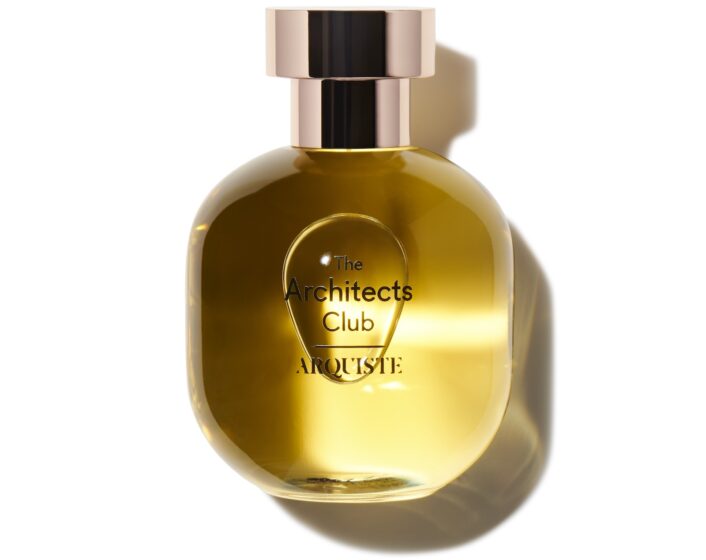
“This is like a cloud of vanilla where, at the centre, you have a frosted martini,” says Huber. “There’s a comforting base and lots of staying power, and it has a lot of freshness.” He mentions that The Architects Club is perfect for fall and winter, when you might want a fragrance that stays close to the skin, like a cocoon. In summer, perfumes tend to evaporate more quickly, he explains, so they come out faster and stronger. However, he recommends not getting too hung up on the chemistry of it all. “People more and more are demanding too much explanation,” he says. “They’re not leaving anything to mystery and enjoyment.”
Diptyque L’Eau Papier
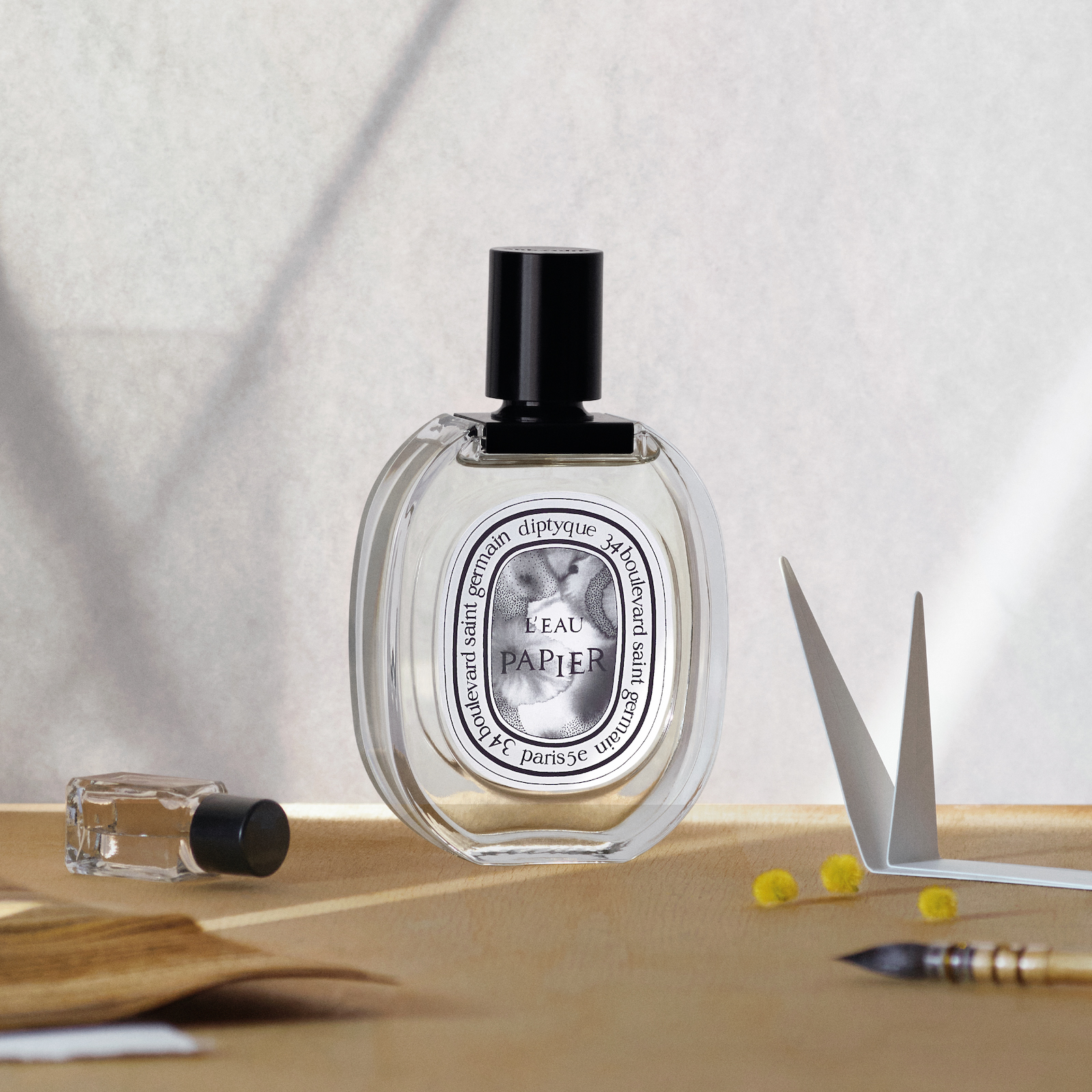
A warm, comforting, cozy, musky scent—Diptyque designed L’Eau Papier to celebrate the power of the imagination: “the moment when ink, paper and the hand become one.” A key ingredient is mimosa from Grasse, as well as rice steam, meant to evoke the grain of paper.
Frederic Malle Heaven Can Wait
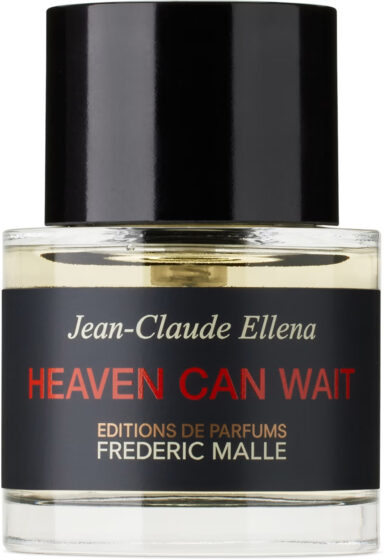
When independent perfumers are acquired by big brands, the aesthetic can sometimes go awry, but both Tooley and Huber agree that hasn’t happened with Frederic Malle, which was purchased by Estée Lauder in 2015. The latest from the company, Heaven Can Wait, was created by my fave, Jean-Claude Ellena. This simple, elegant scent has a spiciness, from the clove and pimento, along with heady notes of iris.
Hermès Un Jardin à Cythère
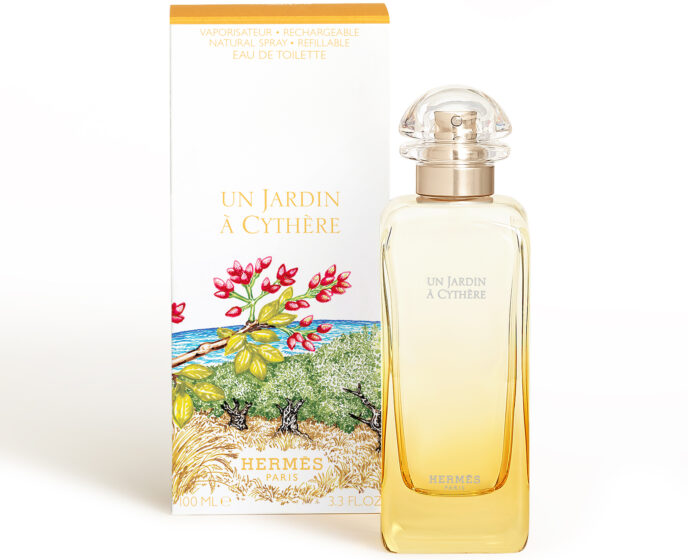
The franchise that Jean-Claude Ellena started with Un Jardin sur le Nil now has six different fragrances. The latest, Un Jardin à Cythère, was composed by Christine Nagel, who took over from Ellena when he left Hermès in 2016. It’s woody, with olive notes, pistachio (an emerging trend in spring 2023, Tooley says), and touches of citrus.
Maison Margiela By the Fireplace
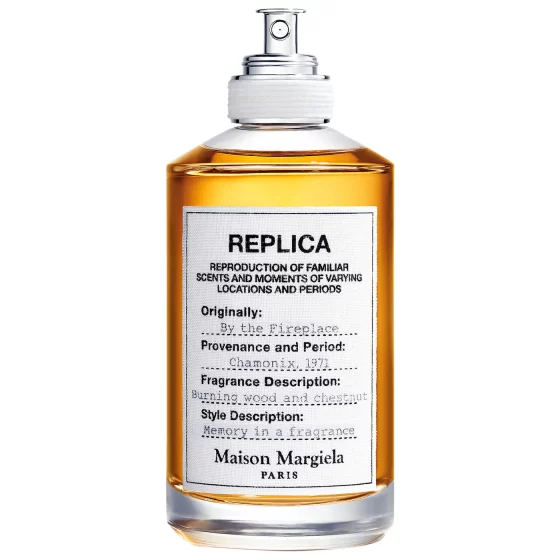
While many fragrances have names that are meant to evoke a feeling, this one is pretty literal: The first spray smells like a burning fireplace, so identifiable you can practically hear the crackle. That might be jarring at first, but stay with it as it settles down into a sweeter and spicier scent, though still with that sexy, smoky note. By the Fireplace came out in 2015 and is part of the Replica line (and in springtime, give Matcha Meditation a try).
Ormonde Jayne Arabesque
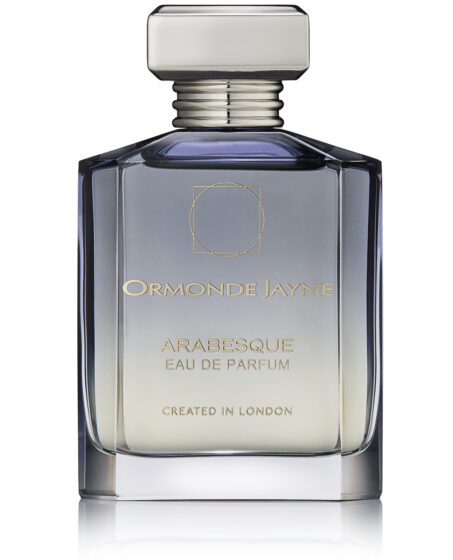
This British fragrance company was founded 23 years ago and is still privately owned by self-taught perfumer Linda Pilkington. Arabesque, which came out this fall, is a rose and oud scent with touches of moss, and plenty of longevity—wear it to bed and you’ll still be able to smell it in the morning.
Tauer Perfumes Golestan
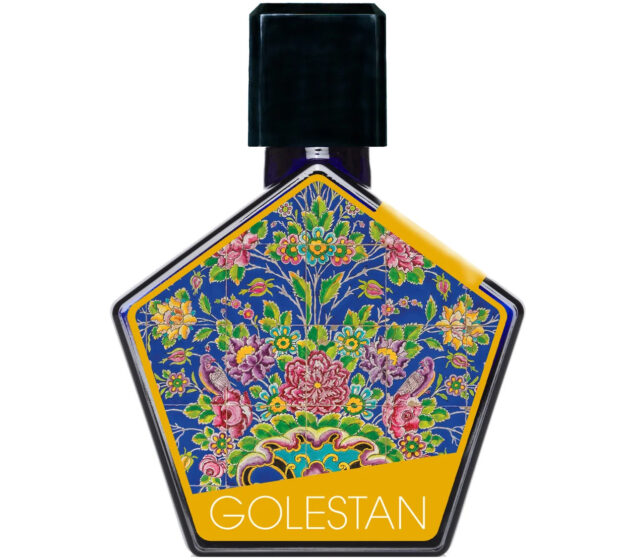
Tauer fragrances have a wow factor. “Years ago, Andy Tauer, who’s a self-taught perfumer from Switzerland, said to me, ‘If you show someone one of my perfumes and they’re just learning about fragrance, their head will explode,’” Tooley says. Tauer’s latest creation, Golestan, is inspired by a Tehran palace of the same name, which is translated as “city of flowers.” Notes include ylang ylang, citrus, rose, jasmine, tuberose, and orange blossom, with a soft wood base.
The 7 Virtues Cherry Ambition
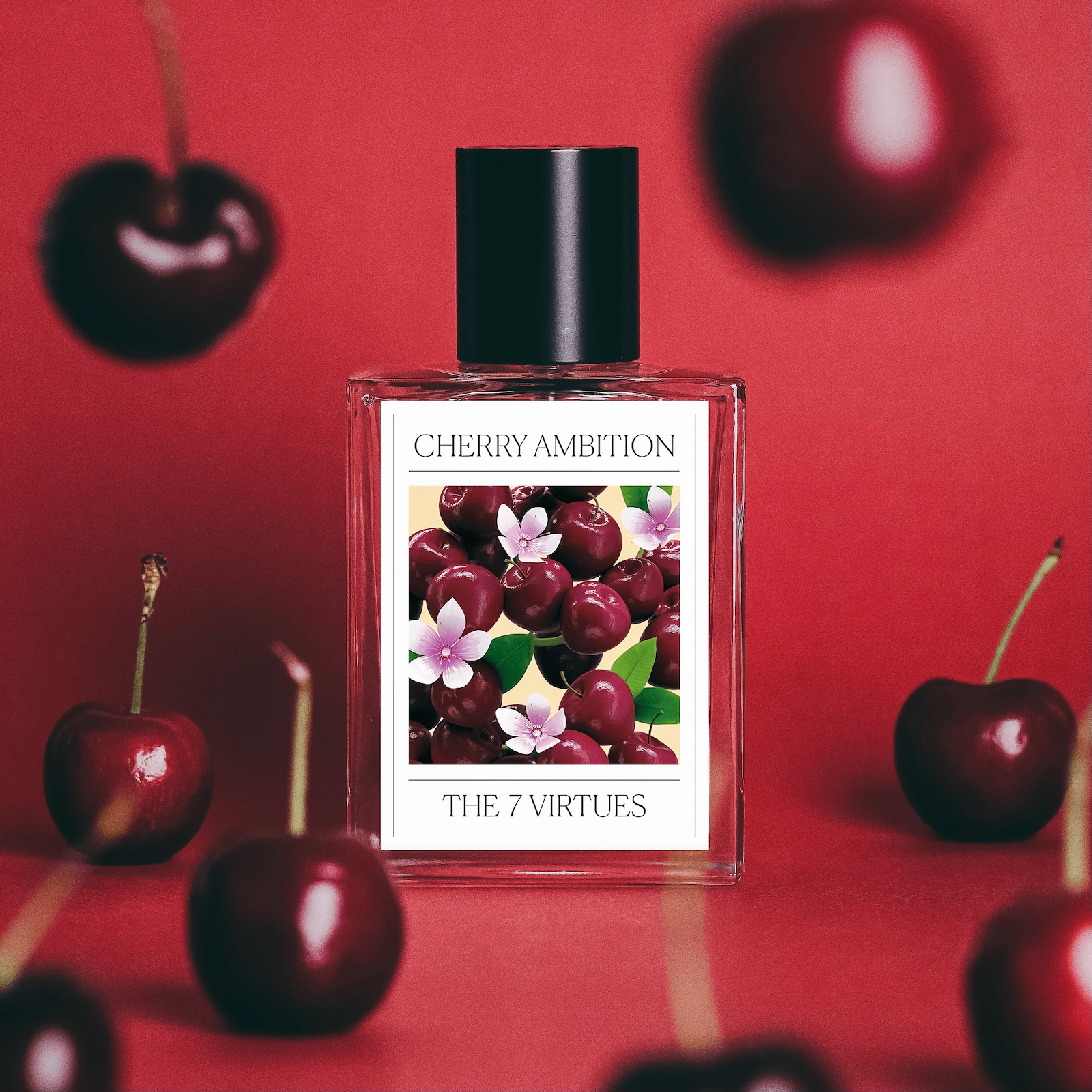
Stegemann says there aren’t many juicy cherry fragrances on the market—and three of them are by Tom Ford. Cherry Ambition is a doozy: elegant, warm, designed to be empowering. “As we grow older, when people say, wow, I really love that project you created, we often say, oh, it was my team, or oh, it was my family. There’s this whole sort of forgetting that ambition is a virtue, not a vice,” she says. The company donates partial proceeds from the fragrance to Days for Girls, an organization that works to end period poverty in North America.
Thomas De Monaco Grand Beau
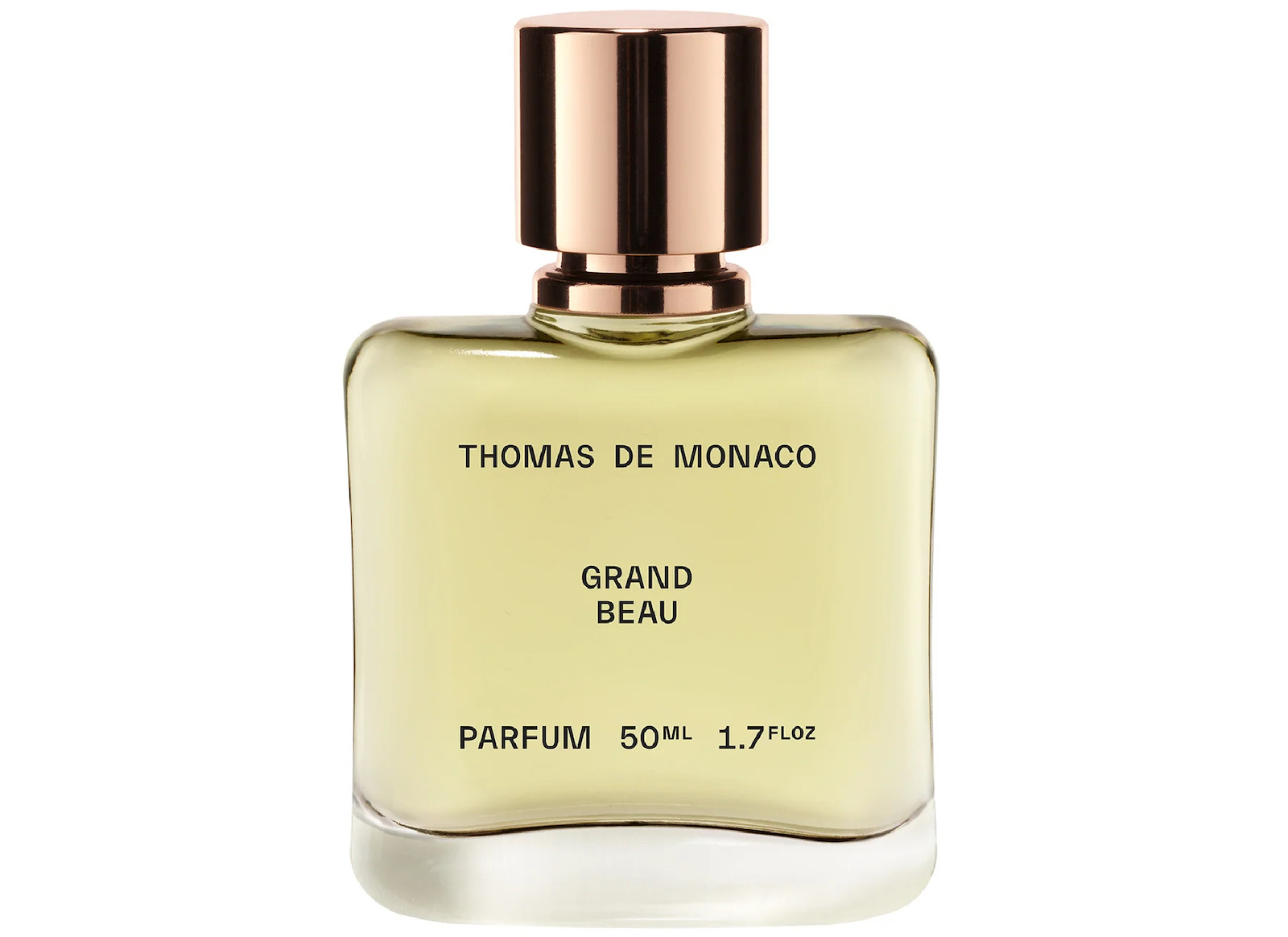
This fragrance comes from Paris but reminds us of Vancouver, redolent as it is of both beach (seaweed notes) and forest (pine). It’s sharp, fresh, green, and long-lasting, with a gin-and-tonic juniper berry note. Grand Beau was conceived by De Monaco, a creative director and photographer who was exposed to luxury fragrances when he worked with brands like Hermès, Dior, and YSL.
Read more beauty stories.

